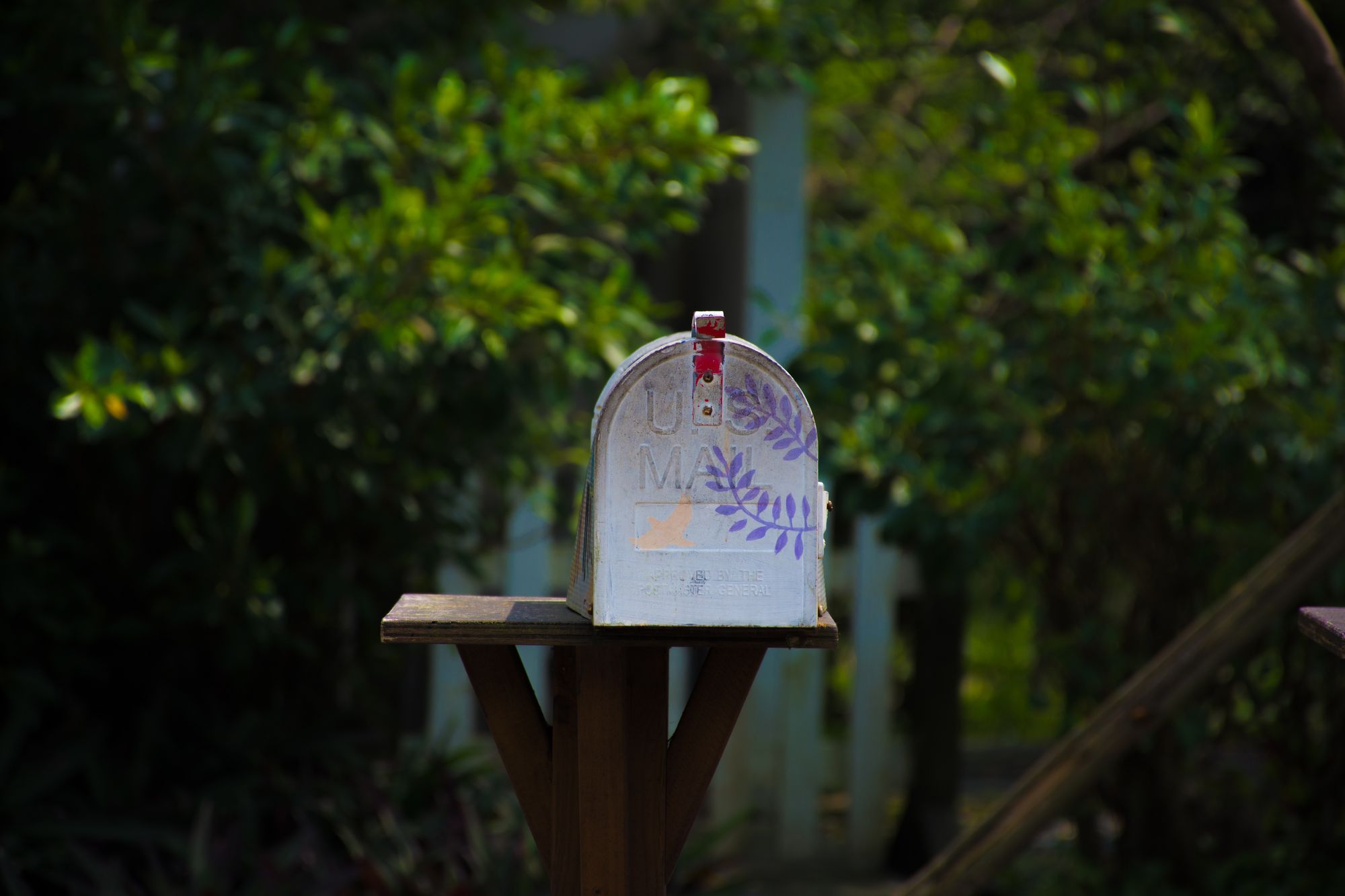How to Write a Formal Letter in English

You need to compose formal letters in English for business, general school, and university applications, which goes to show that the art of composing a formal letter still thrives!
Therefore, it’s vital to understand how to write a formal letter in English. Don’t know how to write it out? I’ll take you through the step-by-step process—it’s simple, I promise.
Are you ready to learn how to write a formal letter? Let’s get into it.

General Rules to Follow When Writing a Formal Letter in English
English-speaking culture may seem like it encompasses a lot of informal practices, but people dealing with applications or queries will listen to a well-written, properly formatted formal letter that follows the rules over an informal, lackluster online note. What are some general rules to follow? Let’s take a look at how to write a letter:
1. Avoid slang, everyday language, and contractions
When you use slang words and contractions in a formal letter, the recipient won’t take you as seriously. Here are some examples of contractions:
I’m, it’s, can’t, it’ll, you’d, I’d, you’ll
What can you use instead?
I am, it is, cannot, it will, you would, I would, you will
Littering your letter with slang words and everyday, common language, like contractions, can make your letter sound more informal rather than formal. It’s essential to avoid using words such as good, nice, awesome, sweet, legit, cool, fresh, bad, lame.
Basically, if your letter sounds like a conversation with a friend, you may need to rewrite it. I will get more into the details and logistics shortly!
2. Use appropriate greetings
Try not to start your formal letter with “What's up?” or a Joey-Tribbiani classic, “How you doin’?” The recipient will likely chuck your letter in the trash. Instead, you can choose from a few salutations.
If you don’t know the name of the recipient you can begin your letter with:
To Whom It May Concern:
However, if you know the recipient, avoid using this salutation!
If you know the gender, but don’t know the name, you can write:
Dear Sir or Dear Madam,
If you know the name and the gender you can state:
Dear Ms. Jones or Dear Mr. Jones,
It’s important to note that Americans add a period after Mr., Mrs., Ms., Dr., whereas British English-speakers don’t add the period after.
If you’re writing to a doctor, and this includes professors with PhD’s, you can say:
Dear Dr. Jones,
If you don’t know the gender, you can write out the full name of the recipient:
Dear Rylie Jones,
Did you notice that there’s a comma following each salutation? But a colon after To Whom It May Concern? Be sure to keep this tiny, minuscule detail in mind.
3. Sign off politely
Signing off your letter with “Peace out, dude!” won’t work so well in a formal letter. Your letter may consist of a dignified tone of voice and beautifully strung together sentences, but a poor sign off will prompt your recipient to toss your letter to the side. So how can you sign off the letter politely, in a way that will please the recipient?
The Balance Careers claims that you can choose from a variety of options!
If you don’t know the recipient you can choose one of these generic, but formal endings:
Sincerely, Regards, Yours truly, Yours sincerely, Thank you for your time, Respectfully
If you’ve exchanged emails or met briefly at some point, you can use these endings:
Cordially, Yours respectfully, Best regards, Kind regards, Kind wishes
Endings to avoid:
Take care, Cheers, See you later, Peace out
When you sign off your letter, the first word begins with a capital letter, while the second word starts with a lowercase letter. And don't forget to attach a comma to the end of the second word!
4. Only write one page
To put it blankly: your recipient won't care to read thirteen pages about you. Therefore, as a general rule, it's vital to keep your letter to one page, unless he or she asks for more.
A one-page letter forces you to get your point across in a simple, straightforward way. Before you write, I advise you to make a list of everything you want to communicate to make sure you get your point across!
5. Pay attention to the technical structure
When you format your letter, you need to ensure that you use a simple font like Times New Roman or Ariel. It's advised to write with either a 10 or 12 font size!
It's also essential to use single spacing.
When you finish a paragraph, you can press enter on your keyboard once. You should also have a space between the date, your address, the return address, the greeting, and basically every new idea—you'll see how it looks in a letter format below!

Let's Write a Letter in English
Before we go over the general outline of a letter, I want to show you an example of a formal letter.
Here's the scenario:
Kara King, a 28-year-old from Canada, wants to apply to teach English to ESL students in America! She has worked as an online English teacher, a nanny, a soccer instructor, and as a freelance writer. (I may or may not have borrowed snippets of my previous jobs for this "fake" cover letter.)
Okay, let's take a look at how to write a formal letter. And don't worry, we will get into the logistics afterward!
Kara King's cover letter
September 3rd, 2019
Kara King
123 Cool Street
Beautiful City AB 607 10th Ave SE
Canada
karak@email.com
ESL Teaching Company
456 Teaching Avenue
New York, NY 10011, USA
To Whom It May Concern:
My name is Kara King, and I am 28 years old. Two years ago, I graduated from The Best University with my Bachelor of Arts: English Major, where I learned the importance of proper grammar, creativity, and expression.
I am passionate about teaching children of all ages and have been for a very long time. I have experience working as a nanny, an online English teacher, and a soccer instructor. Working as a soccer instructor allowed me to learn the importance of structuring soccer lesson plans based on the age and development stage of each class. As a result, I now encompass the ability to recognize how to structure my lesson plans to coincide with young age groups.
Over the last three years, I have worked as a freelance writer and as an online English teacher. Both positions have helped to elevate my grammar-related knowledge. When I compose articles, I ensure that every sentence, every detail, every word seamlessly flows together. My ability to string together sentences paired with my understanding of intricate grammar-related details will undoubtedly benefit ESL students.
I believe the potent combination of my English Major degree, my writing experience, and my previous teaching and coaching experiences will work to enhance the overall learning environment and total English-learning experience for every student in your Young ESL Learners program.
I am very interested in teaching part-time for you.
Sincerely,
Kara King

The Outline for an English Formal Letter
Kara's letter contained all of these important features:
- She wrote the date on the top left corner
- She wrote her address and the company's address below the date
- She began her letter with a formal salutation
- She introduced herself and her capabilities
- She explained her experience in more detail in paragraphs two and three
- She tied her experiences together in the closing paragraph—you can also take the time to thank the employer for reading your letter in the conclusion
- She closed the letter with an appropriate formal ending
Do you think you can recognize how to write a formal letter in English now? It's not too difficult, right? However, there is one more thing that you need to do before you send your letter off—proofread!

General Proofreading Tips
It's so important to proofread before you seal your letter or finish your email and send it off. The thought of proofreading something you've spent so much time on may seem boring, but it's 100% necessary. And when I say proofread, I don't mean to quickly scan your letter. I mean read out loud word-for-word, which brings me to the first tip!
1. Read your letter out loud
Quickly scanning your letter won't do you any justice. You may miss tiny, embarrassing errors like accidentally writing and twice in a row or misspelling a common word. When you read your letter out loud word-for-word, you will catch easily adjustable mistakes!
2. Set the letter aside for a couple of hours
Once you finish writing, you may be tempted to send the letter right away, but I suggest putting the letter aside for a few hours. It helps to let your brain breathe for a while so that you can come back to the letter with a fresh mindset.
3. Let someone else read your letter
You may hate the idea of someone reading your letter, but someone else can catch mistakes that you may have missed. You can even advise your friend or relative to read the letter out loud to ensure that there are no errors.
Scared that your writing skills won't meet the employer's standards? Feel free to check out our informative article on simple writing techniques!
In conclusion
There you have it! Now you know how to write a formal letter in English. It may seem like you have to follow a lot of rules, but in the end, following the step-by-step process closely may help to land you the job of your dreams.
